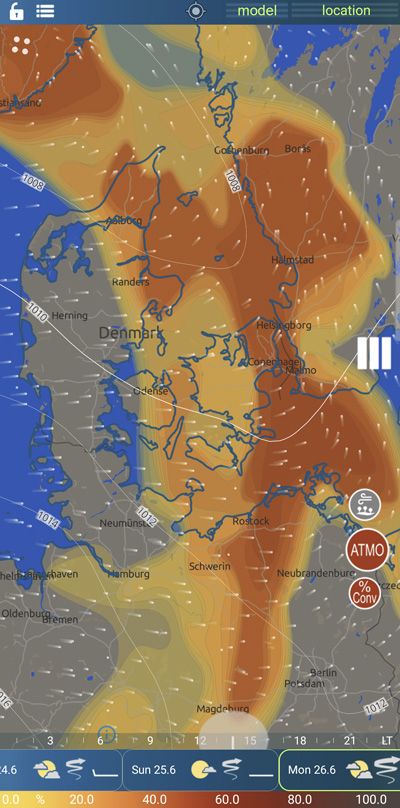Percentage of convection.

The "percentage of convection" refers to the likelihood or probability of convective activity occurring within a given area or time period. Convection refers to the vertical movement of air caused by temperature differences and can lead to the formation of clouds, thunderstorms, and other weather phenomena.
The percentage of convection is often included in meteorological forecasts and observations to indicate the likelihood of convective activity. It is typically expressed as a percentage, with higher values indicating a greater chance of convective development. This information is crucial for pilots as it helps them assess the potential impact of convective weather on their flight operations.
Convective activity can have significant implications for aviation. Thunderstorms, which are the result of convective processes, can produce severe turbulence, strong updrafts and downdrafts, lightning, heavy rain, and hail. These hazardous conditions can pose risks to aircraft and passenger safety. Therefore, pilots need to be aware of the percentage of convection and consider it when planning their routes and making operational decisions.
In many cases, aircraft will actively avoid areas of high convection or alter their flight paths to navigate around convective cells. This may involve requesting deviations from air traffic control or utilizing onboard weather radar systems to identify areas of intense convection. By monitoring the percentage of convection, pilots can make informed decisions to ensure the safety and comfort of their flight.
Meteorological forecasts, satellite imagery, and radar data are among the tools used to assess the percentage of convection. These sources provide information about atmospheric conditions, temperature gradients, moisture content, and other factors that contribute to convective activity. Pilots rely on these forecasts and real-time observations to anticipate and mitigate the effects of convective weather, enhancing the overall safety of their flights.